What the Tech?! Jet Engines
The introduction of Jet Engines ushered in a new era in aviation.
In other articles, we’ve covered the history of navigation, looked at the development of communications and discussed the importance of mail liners to our early connected world.
And while aviation provided one of the biggest revolutions to human transit, the development of jet engines provided a new era again, shortening travel routes and providing the means to send mail, cargo and passengers all around the globe. In today’s What the Tech?!, we’ll be looking at the development of the turbine engine. We’ll also assess the impact that it had on aviation as whole.
The Beginnings of Aviation Based Travel.
Once the concept of flight was validated, it didn’t take long for it to become an industry, with mail and cargo being sent first. However these early mail providers didn’t take long to recognize that carrying passengers alongside cargo gave an effective way of increasing revenue.
The founder of American airline Pan Am, was heavily involved in these early days of aviation. Juan Trippe, was responsible for the inaugural US Mail run to Cuba. Using an FC-2 float plane, the first run to Havana was nearly over run by rain, with weather providing a significant impediment to the completion of the run. Facing stiff financial penalties if they did not make a successful run, the FC-2 eventually landed in Havana and the rest was history. Pan Am would go on to be an American icon, spending decades moving people during the golden era of air travel before eventually falling into bankruptcy in the 1990's.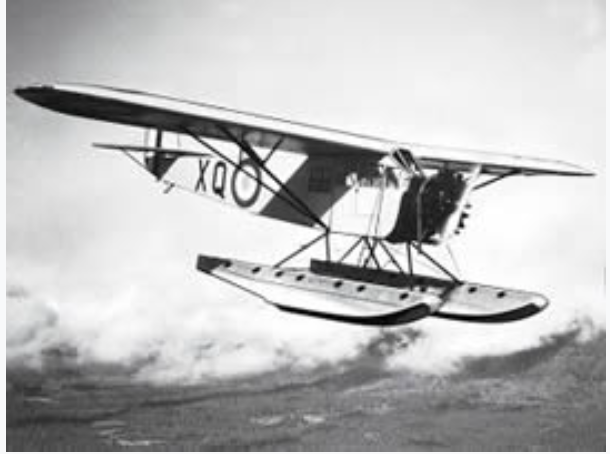 The FC-2 floatplane. Source: Wikipedia.
The FC-2 floatplane. Source: Wikipedia.
The importance of Pan Am to the development of the jet age is far more important than most realize. However to explore this, we’ll have to look a bit deeper in to the history of the airline, as well as it’s founder.
Part of the reason Pan Am expanded so rapidly was due to their business model of purchasing struggling, but established airlines, rolling them into their lineup and using the aircraft and infrastructure to complete for the US mail runs. This provided the airline with a stable source of revenue and allowed for the carriage of passengers as well as freight via routes that were already established and authorized.
Pan Am was also far ahead of its time in business practices. Firstly, they had a large logistical network, that included navigation and re fuelling facilities as we as maintenance depots that were capable of complex repairs when required. Drawing on the experiences of the Clippers ships of the past, Pan Am were essential in establishing navigation techniques for long distance flights over water, and provided the experience most remember from the golden years of aviation. This meant that flamboyant procedure was the name of the day, with good food and smoking on board.
However these early clippers remained propeller driven, and as such a long distance flight across the globe included multiple stops. It also meant that given the aircraft performance of the era, these clipper flights would be low and slow. Often because of this, inclement weather was faced.
The Boeing 314 was a mainstay of Pan Am services during this era.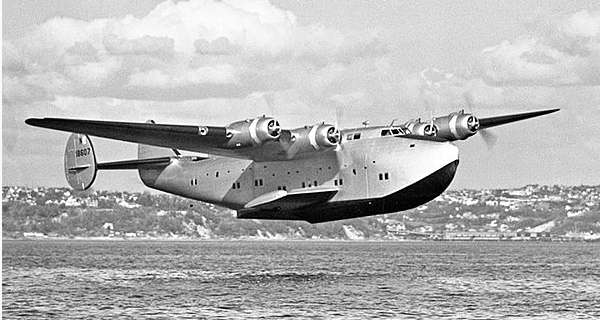 The Boeing 314 seaplane. These clippers connected the globe.
The Boeing 314 seaplane. These clippers connected the globe.
The Golden Era
The lead up of these flights as well as the establishment of trans oceanic routes laid the foundation for the golden era of travel, with jet airliners and large passenger numbers being the norm as well as substantial performance increases over the passengers of old. While much information has been lost to the passages of time, it’s important to understand just what type of impact that Trippe had on the aviation industry.
One of the biggest, early model jetliners was the Boeing 707 quad jet. A narrow bodied airliner with reasonably good performance, the 707 provided operators with a revolution in capability, with its performance allowing it to cruise above weather and it’s payload capacity providing an increase in range, cargo payload and passenger number.
In the 1950’s as Boeing had the 707 under development, Trippe played off Boeing executive William Allen against the Douglas aircraft company, threatening to order their new DC-8 outright if Boeing didn’t make modifications to the 707 that suited Pan Am. The biggest sticking point for Pan Am was a requirement for trans Atlantic range, requiring Boeing to modify the 707 to achieve these goals. Trippe, ever the shrewd businessman decided to hedge his bet both ways, and the order for Pan Am’s first jet airlines would be split between the Boeing 707 and the Douglas DC-8.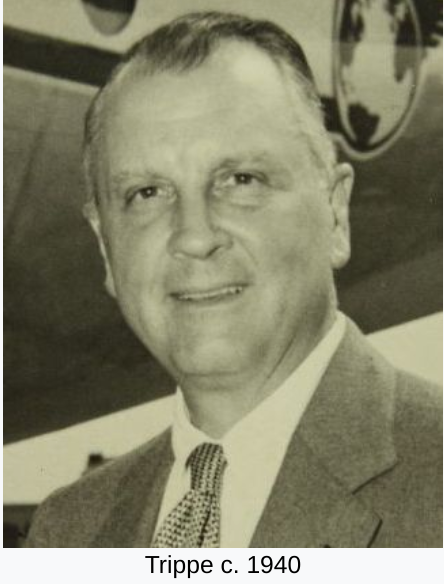 Trippe would again play the heavy negotiator into the 70’s, using the same divide and conquer tactics to achieve additional performance increases and financial leverage to influence the 747 project. The 747 would end up being the Jet Era’s most iconic aircraft, however the establishment of the project would be some time in the future.
Trippe would again play the heavy negotiator into the 70’s, using the same divide and conquer tactics to achieve additional performance increases and financial leverage to influence the 747 project. The 747 would end up being the Jet Era’s most iconic aircraft, however the establishment of the project would be some time in the future.
For now, the 707 carried the load. With thousands built, the quad jet aircraft provided a way to navigate the globe quickly and efficiently. Large portions of the globe became unlocked to everyday people, with the establishment of tourism industries and “island getaways” being marketed as the next big thing. For the first time, people could travel to a destination for a weekend and return home in time for work on Monday.
However this early era of Jet travel came with significant risks. The mismatch in performance came with significant risk, with some propeller Captains struggling to “stay ahead” of their aircraft. Also, back then the Captain was king, with crew resource management being implemented decades later. This lead to some significant incidents where aircraft were lost due to bad decisions during flight.
They say that safety regulations are written in blood and in aviation this is doubly true. As such during the 60’s and 70’s revelations in air traffic control and navigation provided more streamlined ways of dealing with traffic and weather issues in a safer manner.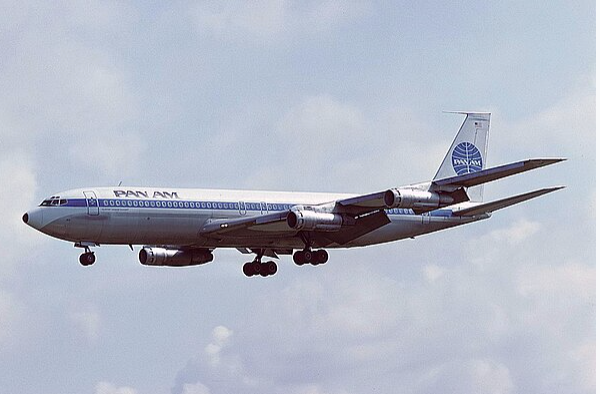 The 707 was an icon in the Pan Am era. Source: Wikipedia.
The 707 was an icon in the Pan Am era. Source: Wikipedia.
Reliability
Once the concept of the 707 reached production, some of the most iconic features of the airline were already established. This meant that podded jet engines, swept wings and a large rudder and tail section were the norm, with many of these features still present in the designs of today. However from an engineering perspective, despite looking the same it’s important to realize that many of these airlines were anything but.
And these differences would effectively revolve around one thing. The engines. The Pratt and Whitney JT-57 turbojet engine. Source: Wikipedia
The Pratt and Whitney JT-57 turbojet engine. Source: Wikipedia
One of the early contributors to the Jet age was the Pratt and Whitney JT-57. Used on both military and civilian air frames alike, the JT-57 was a thirsty beast hungry for fuel and providing relatively low thrust. The JT-57 was noisy and not particularly reliable. Because of this, the general acceptance was that any long range airliner would require 4 engines, for both redundancy and fuel carrying purposes.
As technology improved, the thrust available from the engines would increase along with a reduction in fuel consumption. While the quad engine jetliner would provide the airliners with a flag ship for long range travel, shorter range systems focused on tri engine designs which were more fuel efficient as well as providing limited overseas services.
One of these, the Boeing 727 proved particularly relevant with thousands built. Providing brilliant short field performance, as well as being capable of using fields with limited service facilities the 727 unlocked the globe firstly by providing service as an airliner within western nations. Later, used 727’s were sent to Africa, being used to shift fuel and cargo from makeshift strips across the continent.
The 727 would also be responsible for two peculiar aviation incidents. The first, involved DB Cooper who disappeared after hijacking a 727. Using the 727’s rear air stair to evacuate in flight, later aircraft were modified to prevent this stair opening in flight.
Later, in the post 9–11 world, 727 N844AA made headlines when it disappeared from a field in Angola. The air frame would never be seen again.
ETOPS
While the 727 has an incredible legacy, the variances between engines and increase in technology with each new airliner launched meant that the protocols around aviation would change as the technology became more refined and more reliable.
Because of this as it evolved, the technology advancements lead to two deletions in the typical airliner. The third engine, and the flight engineers position. The flight engineers role was essential for decades. Source: Wikipedia
The flight engineers role was essential for decades. Source: Wikipedia
While the Flight Engineers position was an essential station in the early years, as the tech evolved navigation became simpler and automation was king. Thus as the technology evolved this third member on the crew became less relevant. The 727 was one of the last passenger airlines to use a Flight Engineer station, with the later 737 simply using a pilot and first officer to operate the aircraft effectively.
It was the leap in engine advancement however that provided the biggest step. While the first steps were laid in the 1970’s, it took until the 80’s before engine reliability progressed enough for twin engine flights on over water routes to become acceptable.
Known as Extended Twin- Engine Operations Performance Standards (ETOPS) this framework allowed twin engine aircraft limited over water operations within a strict criteria designed to minimize risk.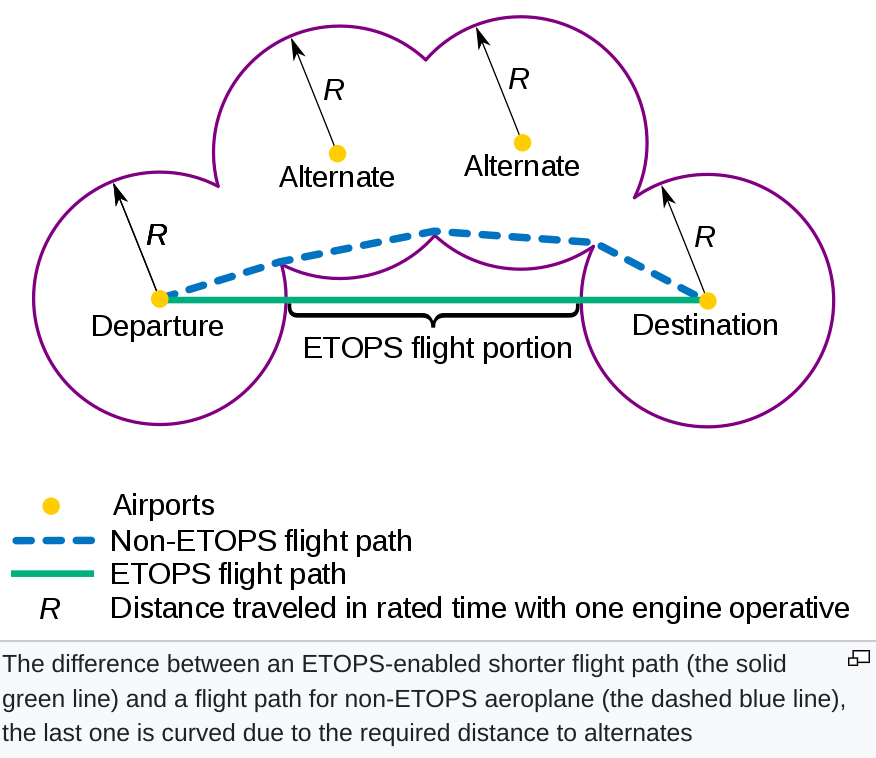 A short visual on how ETOPS works. Source: Wikipiedia.
A short visual on how ETOPS works. Source: Wikipiedia.
While the early ETOPS period was merely 90 minutes, by the time the 1990's rolled around the limit was substantially increased with ETOPS 180 being the norm. This meant that while the quad engine design became less relevant, with larger and more efficient twin jets providing the bulk of services.
The peak of this period would come in the 1990’s with the launch of the Boeing 777, the worlds first ETOPS 180 certified airliner at launch. The 777 would slowly become a de facto replacement for the 747 into the 2000's.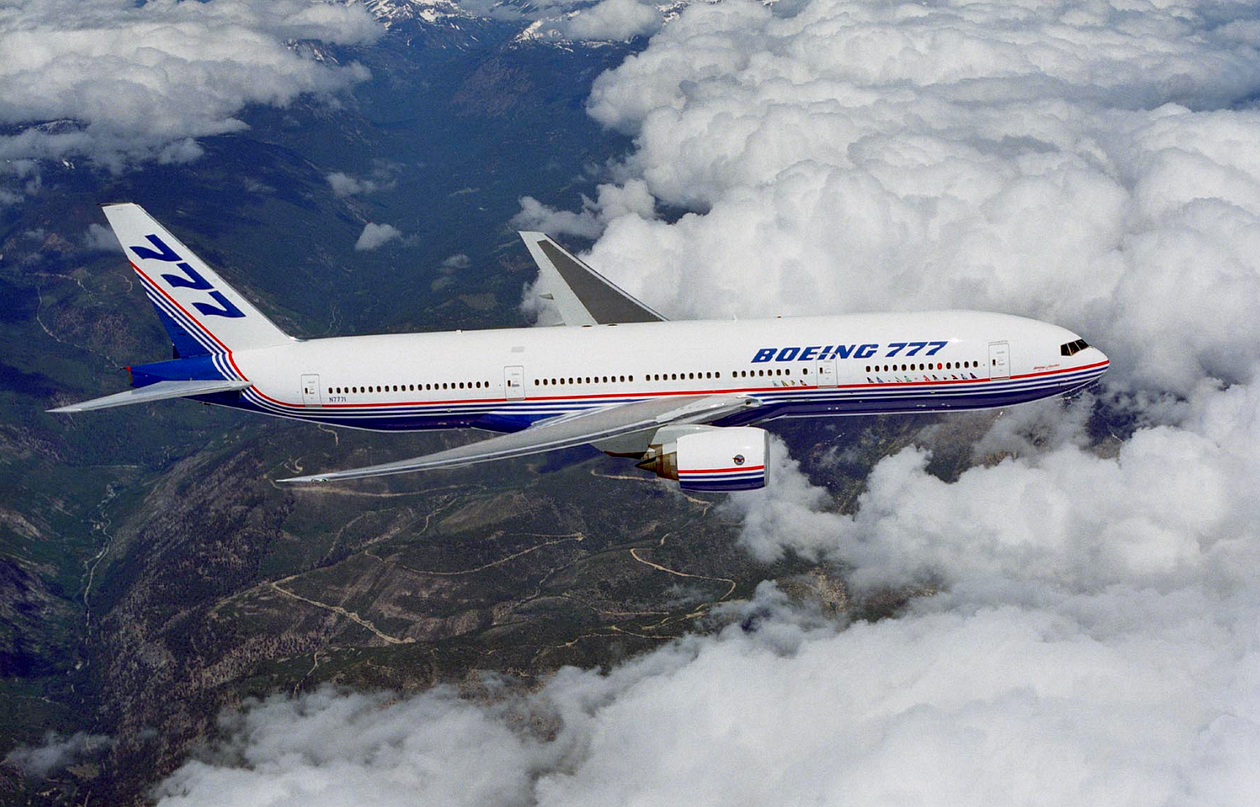 Boeing’s 777 was ETOPS 180 rated on launch. Source: Wikipedia
Boeing’s 777 was ETOPS 180 rated on launch. Source: Wikipedia
Into the Future
Into the 2000’s it was thought that the quad engine airliner would remain relevant, shifting large numbers of passenger and cargo across the globe. Airbus doubled down on this theory with it’s A380 platform, providing a larger air frame than the 747 that was ordered in large numbers by airlines.
However the A380 program was never as successful as envisaged, and by post 2010, the program was already wrapping up.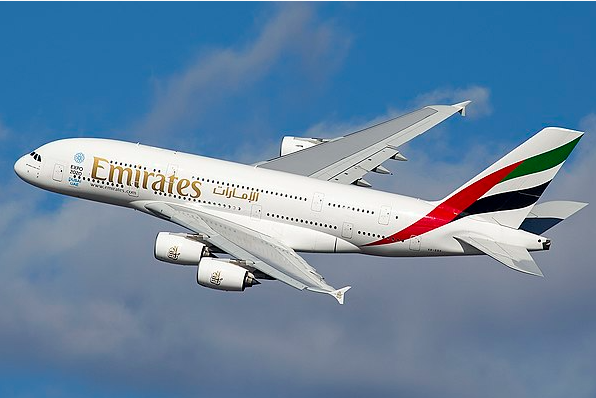 Despite it’s short manufacturing life, the A380 is still an icon. Source: Wikipedia
Despite it’s short manufacturing life, the A380 is still an icon. Source: Wikipedia
Concerns over emissions along with a reduction in air travel in the post 9–11 and COVID-19 era meant that airlines favored smaller, more fuel efficient platforms that had acceptable short field performance as well as smaller operating costs.
While the trend continued manufacturers focused on increasing fuel economy as well as decreasing operating costs. Experiments were also conducted with alternative fuels and “green jetfuel” becoming more common in usage. However while the carbon footprint of aviation remains high, it’s importance to the connected world means that it will remain an established industry for some time to come.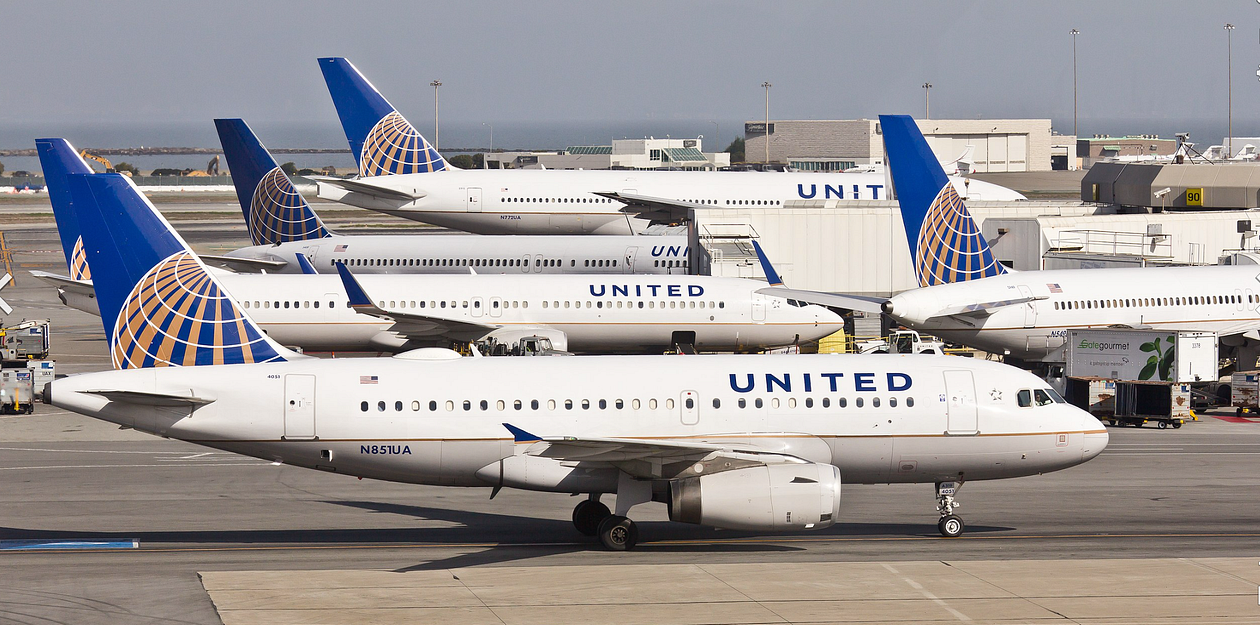 United is a heavy user of biofuels within its 737 fleet. Soruce: Wiki
United is a heavy user of biofuels within its 737 fleet. Soruce: Wiki
We saw some of this importance during the COVID-19 panic. Despite people isolating and air travel coming to a virtual standstill, large numbers of aviation movements occurred with thousands of tonnes of freight being moved across the globe. This freight provided medical equipment and PPE to the world at a time when it was sorely needed.
Technological advances have reached the general aviation industry already, with small numbers of electric aircraft already being manufactured. However the reliability of these systems is not yet mature, with range and performance restrictions coming from these types of systems. It’s still an important step though, as it’s tests the technologies viability for large scale adaption.
While aviation is on the technological “cutting edge” the fact is the reliably of the Jet Engine means that finding a green replacement for this essential part of the modern world is no small task. This means that the jet engine will be a familiar sight in aviation for years to come.
Medium has recently made some algorithm changes to improve the discoverability of articles like this one. These changes are designed to ensure that high-quality content reaches a wider audience, and your engagement plays a crucial role in making that happen.
If you found this article insightful, informative, or entertaining, we kindly encourage you to show your support. Clapping for this article not only lets the author know that their work is appreciated but also helps boost its visibility to others who might benefit from it.
🌟 Enjoyed this article? Support our work and join the community! 🌟
💙 Support me on Ko-fi: Investigator515
📢 Join our Telegram channel for exclusive updates or.
🐦 Follow us on Twitter and
🟦 We’re now on Bluesky!
🔗 Articles we think you’ll like:
- Software Defined Radio & Radio Hacking
- OSINT Unleashed: 5 Essential Tools for Cyber Investigators
✉️ Want more content like this? Sign up for email updates








































